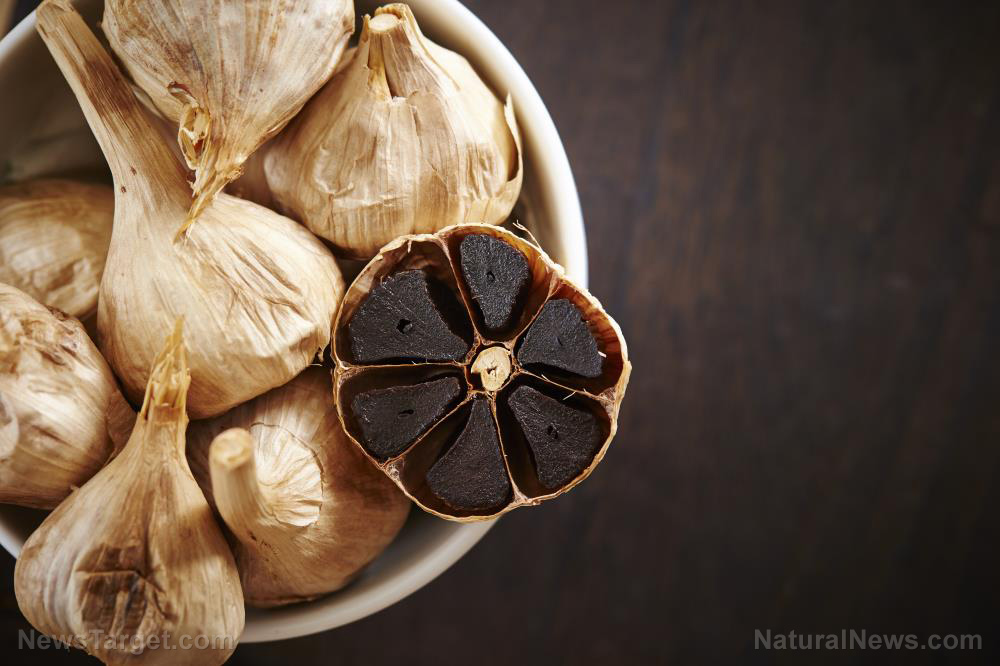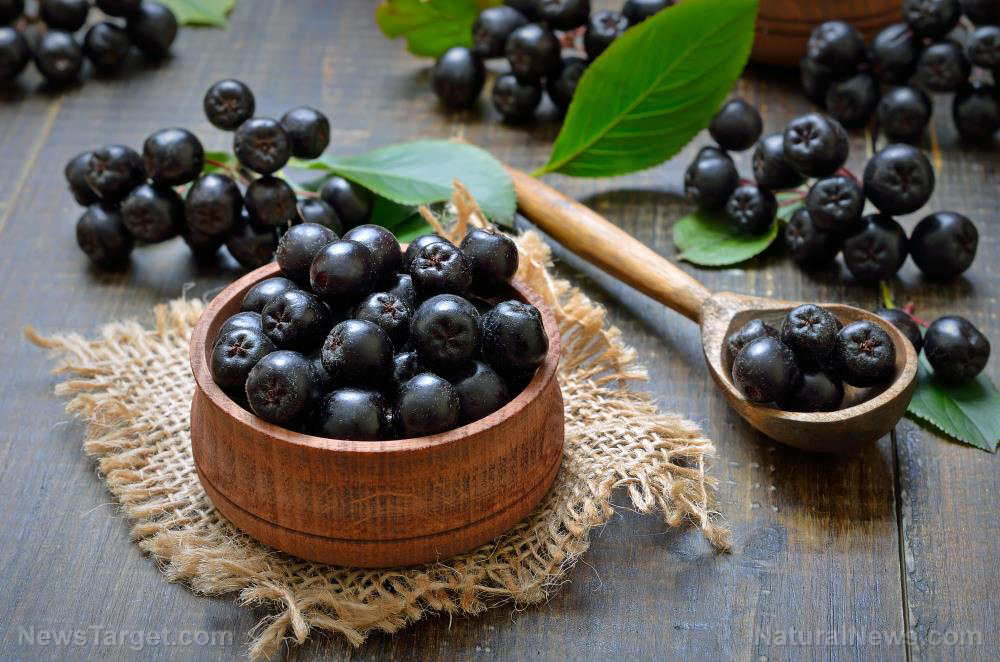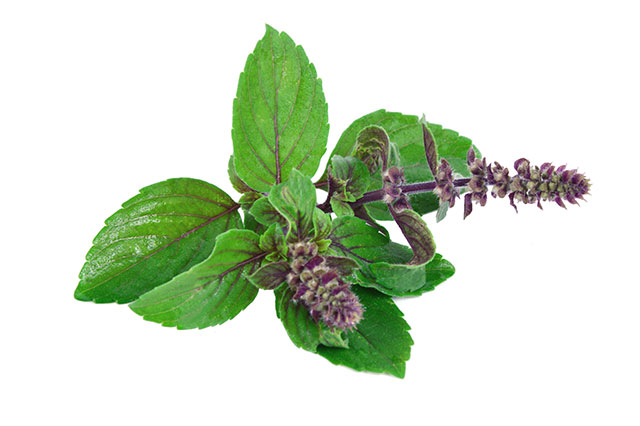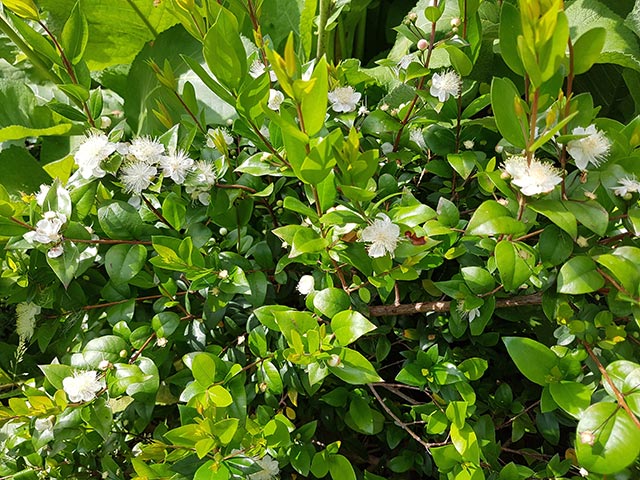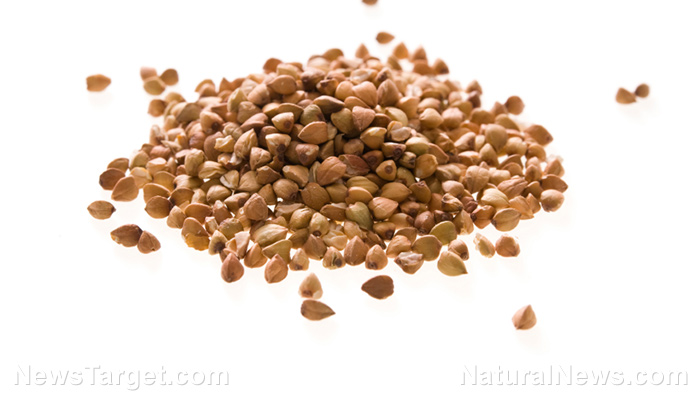Scientists look at the antioxidant properties of the parasol tree
10/29/2018 / By RJ Jhonson
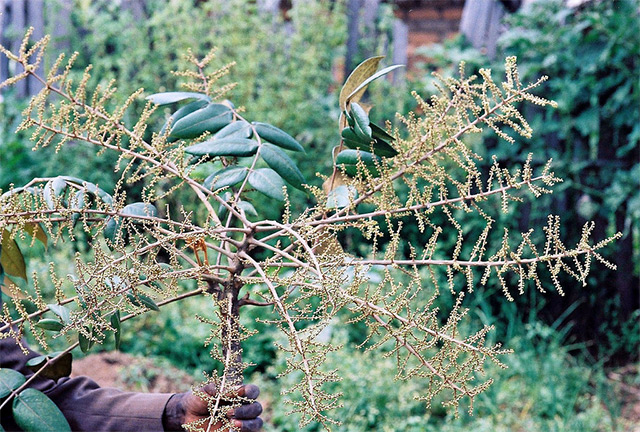
After the authors confirmed the antifungal properties of the parasol tree (Polyscias fulva), they set out to investigate the plant’s antimicrobial and antioxidant properties. In a study that was published in the journal BMC Complementary and Alternative Medicine, they found that the plant was effective both in killing bacteria and reducing free radicals.
- Using microdilution techniques, the researchers assayed the crude extract, fractions (n-hexane, ethyl acetate, n-butanol, and residual) and isolated compounds from parasol tree stem bark to test for antimicrobial effects. They used 15 bacterial strains:
- Staphylococcus aureus (ATCC 25922)
- Enterococcus faecalis (ATCC 10541)
- Pseudomonas aeruginosa (PA01)
- Pseudomonas aeruginosa (ATCC 27853)
- Escherichia coli (ATCC 8739)
- Escherichia coli (ATCC 10536)
- Escherichia coli (ATCC 11775)
- Enterobacter aerogenes (ATCC 13048)
- Klebsiella pneumoniae (ATCC13883)
- Providencia stuartii (ATCC 29916)
- Salmonella typhi (ATCC 6539)
- Salmonella parathyphi A
- Salmonella paratyphi B
- Shigella flexneri
- Proteus mirabilis
- They gauged the plant’s antioxidant activity through 2,2-diphenyl-1-picrylhydrazyl (DPPH), pyrogallol (superoxide anion), and beta-carotene-linoleic acid assays.
- The crude extract exhibited antibacterial properties against S. typhi, E. aerogenes, P. aeruginosa, and E. coli (ATCC 10536) at a minimum inhibitory concentration (MIC) of 2,000 to 8,000 micrograms per milliliter (mcg/mL). The ethyle acetate and n-butanol fractions had a more active effect, requiring only a MIC of 500 to 1,000 mcg/mL. Among the isolated compounds, beta-sitosterol and 3-O-alpha-L-arabinopyranosyl-hederagenin had the lowest MIC at only 6.25 to 100 mcg/mL.
- In terms of antioxidant capacity, the crude extract and methyl atrarate demonstrated the best ability to scavenge DPPH free radicals and those arising from the oxidation of the linoleic acid respectively.
For the researchers, these findings proved that the parasol tree indeed has both antimicrobial and antioxidant properties that make it a potential source of phytomedicine.
Read the full text of the study at this link.
Learn more about medicinal plants at Herbs.news.
Journal Reference:
Njateng GSS, Du Z, Gatsing D, Mouokeu RS, Liu Y, Zang H-X, Gu J, Luo X, Kuiate J-R. ANTIBACTERIAL AND ANTIOXIDANT PROPERTIES OF CRUDE EXTRACT, FRACTIONS AND COMPOUNDS FROM THE STEM BARK OF POLYSCIAS FULVA HIERN (ARALIACEAE). BMC Complementary and Alternative Medicine. 2017;17(1). DOI: 10.1186/s12906-017-1572-z
Tagged Under: Antimicrobial, antioxidant, free radical, goodherb, oxidative stress, parasol tree, Polyscias fulva


